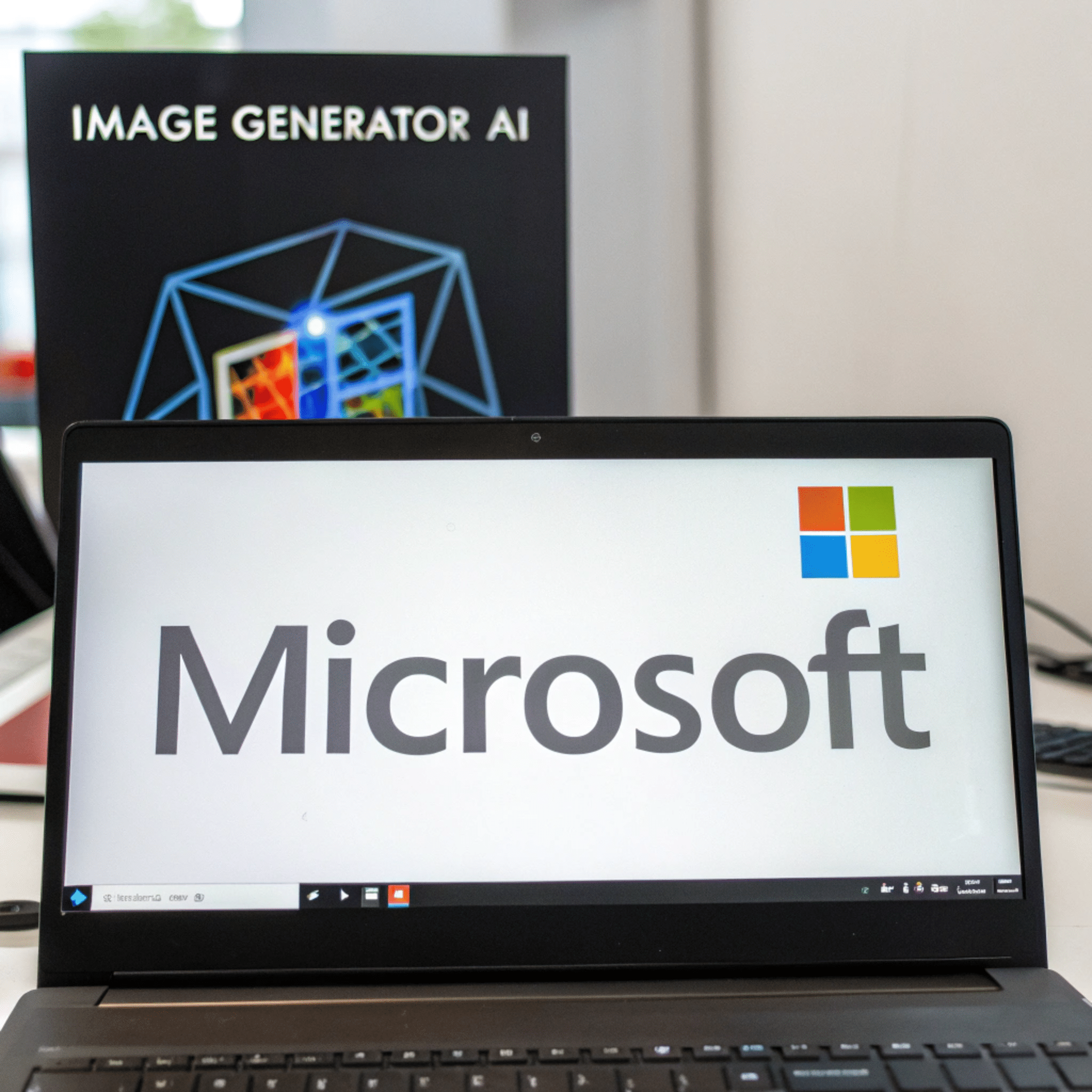The integration of OpenAI’s DALL·E model into Microsoft Designer represents a groundbreaking milestone in the deployment of generative artificial intelligence (AI) within digital design frameworks. This study provides an advanced technical analysis of the integration process, including the computational architecture, algorithmic adaptations, and the ethical paradigms necessary for ensuring responsible AI deployment. The paper examines the scalability enabled by Microsoft Azure’s cloud infrastructure, the innovations in natural language processing (NLP), and the practical implications for democratizing access to high-quality design tools. Furthermore, it explores the long-term impacts of this integration on creative workflows and its role in shaping future generative AI applications across multiple domains.
Transformative AI
Generative AI has emerged as a transformative force within creative industries, enabling the synthesis of complex visual content from textual inputs. OpenAI’s DALL·E model exemplifies state-of-the-art advancements in multimodal machine learning, leveraging deep neural architectures to generate high-fidelity images that align semantically and stylistically with descriptive prompts. The integration of DALL·E into Microsoft Designer constitutes a paradigm shift, bridging sophisticated AI capabilities with an accessible user interface tailored for professional and non-professional users alike. This exploration provides a detailed inquiry into the technical methodologies and architectural innovations underpinning this integration, highlighting the interplay between generative AI and scalable computational infrastructure.
Architectural Framework
1. Optimizing Model Scalability and Performance
- Precision Quantization: To address computational constraints, the high-dimensional parameters of DALL·E underwent precision quantization. This reduced memory overhead while preserving the fidelity of model outputs. The quantization process ensures compatibility with the Azure cloud infrastructure while maintaining the ability to process complex prompts efficiently.
- Distributed Inferential Pipelines: Leveraging distributed GPU clusters within Azure’s ecosystem, the inferential pipeline was optimized for parallel processing, significantly accelerating the generation of high-resolution imagery. Techniques such as load balancing and adaptive resource allocation further enhance scalability.
2. API Infrastructure
- RESTful API Implementation: An extensible API infrastructure was developed, enabling bidirectional communication between DALL·E’s backend and Microsoft Designer’s interface. Advanced serialization protocols ensure minimal latency. The API also supports asynchronous operations to accommodate high user volumes.
- Context-Aware Processing: NLP-based preprocessing modules refine textual prompts, enhancing semantic coherence and ensuring that generated images align closely with user intent. Enhanced tokenization algorithms contribute to improved prompt interpretation.
3. User-Centric Enhancements
- Dynamic Feedback Mechanisms: Iterative refinement loops allow users to modify prompts in real time, receiving immediate visual outputs that adapt dynamically. This functionality is further enriched by interactive overlays that guide users in crafting optimal prompts.
- Stylistic Modulation: Customization options enable fine-grained control over artistic parameters, including color palettes, compositional styles, and image textures. Additionally, pre-trained style templates provide users with a foundation for creating professional-grade designs.
Algorithmic Adaptations
1. Advanced Prompt Engineering
- Iterative datasets simulating domain-specific user scenarios were incorporated to enhance the model’s contextual interpretation of complex or ambiguous prompts. A hybrid training approach combines supervised fine-tuning with reinforcement learning from human feedback (RLHF) to refine model outputs.
2. Post-Processing Innovations
- A suite of super-resolution algorithms was implemented to upscale generated visuals, ensuring professional-grade quality suitable for diverse applications. Furthermore, de-noising and artifact removal techniques enhance the visual integrity of outputs.
3. Bias Reduction Frameworks
- Algorithmic auditing pipelines detect and mitigate biases embedded within training datasets, ensuring that generated content aligns with principles of fairness and inclusivity. An adaptive learning mechanism continuously updates the model to address emergent bias patterns.
Deployment on Microsoft Azure
1. Elastic Resource Management
- Azure Kubernetes Service (AKS) dynamically allocates computational resources based on workload intensity, optimizing cost efficiency and operational scalability. The use of auto-scaling mechanisms ensures consistent performance under varying demand conditions.
2. Security Protocols
- End-to-end encryption mechanisms protect user data, ensuring compliance with global standards for data privacy and security. The integration employs zero-trust architecture principles to safeguard sensitive user inputs and outputs.
3. Low-Latency Delivery
- Proximal edge servers and optimized network topologies reduce latency, delivering sub-second response times for high-dimensional image generation. Azure’s Content Delivery Network (CDN) further accelerates delivery to geographically dispersed users.
Ethical and Societal Considerations
1. Transparency in AI Interactions
- Users are provided with explicit disclosures regarding the generative processes, fostering trust and awareness of AI contributions in design workflows. Transparency logs detail the decision-making pathways for generated content.
2. Content Moderation Protocols
- Automated filters prevent the generation of harmful or unethical content, adhering to Microsoft’s Responsible AI Guidelines. Moderation tools include real-time screening mechanisms and post-generation audits.
3. Bias and Fairness Audits
- Continuous monitoring frameworks evaluate model outputs for potential biases, ensuring that the system remains equitable across diverse demographic and cultural contexts. Periodic external reviews validate adherence to ethical standards.
Implications for Creative Industries
The technical advancements facilitated by the DALL·E-Microsoft Designer integration expand the horizons of creative possibilities:
- Accelerated Workflows: Designers can iterate on complex visual concepts with unprecedented speed, reducing time-to-market for creative assets.
- Democratized Access: Non-experts gain access to sophisticated generative capabilities, enabling broader participation in professional-grade design.
- Cross-Domain Applications: The integration catalyzes innovation in sectors such as education, marketing, and entertainment, where bespoke visual content is paramount. Examples include interactive educational tools, immersive advertising campaigns, and dynamic content generation for media production.
